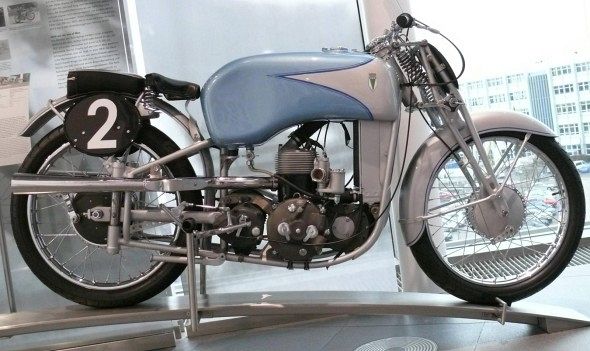What do you do when you can’t keep your engine’s piston(s) cool enough to survive? You enrich the mixture. The added fuel reduces combustion temperature, thereby reducing piston temperature.
Back in the early days of air-cooled radial engines, before proper size and placement of cooling fins was understood, designers of such engines turned in desperation to “fuel cooling”—richening the mixture. And even when cooling became better understood, fuel cooling remained important during prolonged maximum power operation—takeoff. For that condition, aircraft mixture controls were moved to “auto-rich,” delivering something like 20 percent extra fuel to cool the mixture, thereby allowing use of more supercharger boost and preventing piston-destroying detonation.
On an evening flight from Boston to Albany, New York, in 1963, I could see the result in the color of the exhaust flames coming from one of the two R-2800 piston engines powering the airplane. Thanks to the rich take-off mixture and full throttle, I saw red flames four feet long. At the first power reduction, the pilots leaned the mixture and the red flames disappeared up the pipe outlet, leaving a white “brush” a foot long, with a central blue cone, just as you would see from the Space Shuttle’s main engines at lift-off. And, once at altitude, the engines were leaned down beyond a chemically correct mixture, leaving only a faint white glow from the exhaust pipe.
I used to see a blanking plug in each of Mat Mladin’s Yoshimura Suzuki header pipes, where oxygen sensors had been used on the dyno to “trim” all cylinders to best power, after which a single sensor downstream could be used. But before such instrumentation, practical men in the test house evaluated mixture by looking at the exhaust flame.
In the late 1930s, the very fast but heavy German DKW 250s had two cylinders, one ahead of the other, sharing a common combustion chamber. The pistons were phased to move the exhaust piston about 15 degrees ahead of the intake piston, allowing an interval on the up-stroke during which the cylinders could be supercharged. But because so much of an engine’s power is delivered early in the stroke (maximum torque on the crank occurs at close to 30 degrees after TDC), the leading exhaust piston gave most of the power. And that meant it was most at risk of scoring or seizure.
Even though those “Deeks” were water-cooled, the exhaust piston needed even more help—in the form of a rich mixture. So, as the bike blared its way around the 37-mile Isle of Man TT course (its open megaphones could be heard in England, across the Irish Sea), when it encountered colder air it made more power and its exhaust piston swelled with heat, making tuning a tricky business.
It’s so nice, therefore, to know that all the traditional arts of tuning and arcane spark-plug-reading are gathered up, converted to digital form, and stuffed into the ECU of your modern motorcycle. There, they continuously correct fuel-air mixture to suit changes in weather, altitude, or the extra oxygen some believe wafts out of leafy glades in summer.











24
Comment